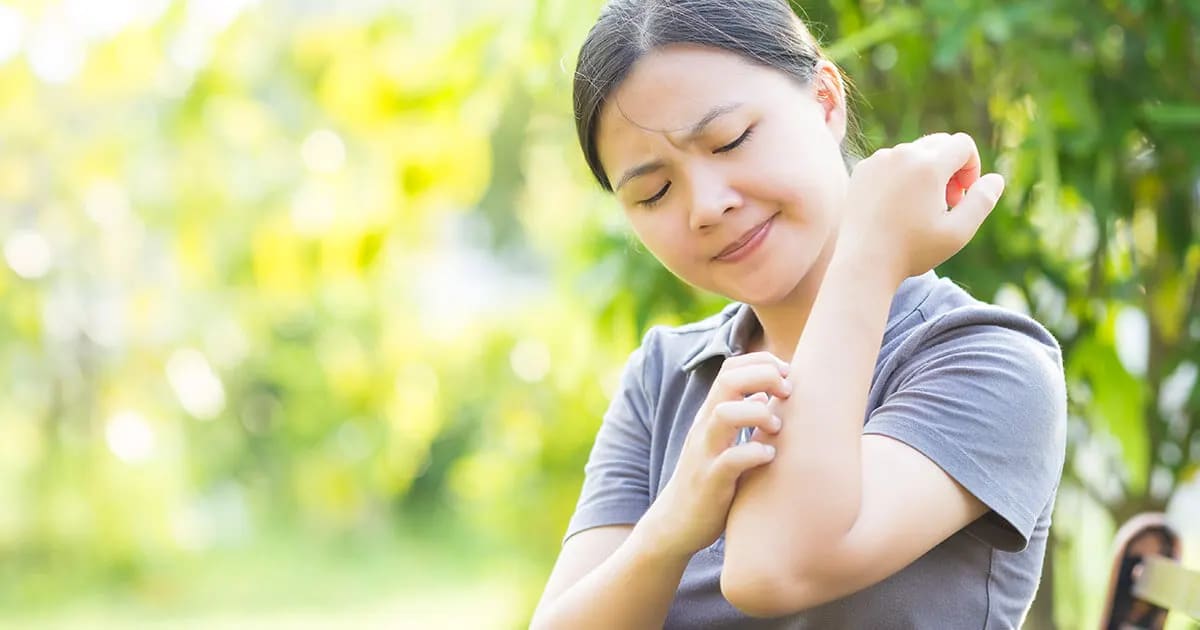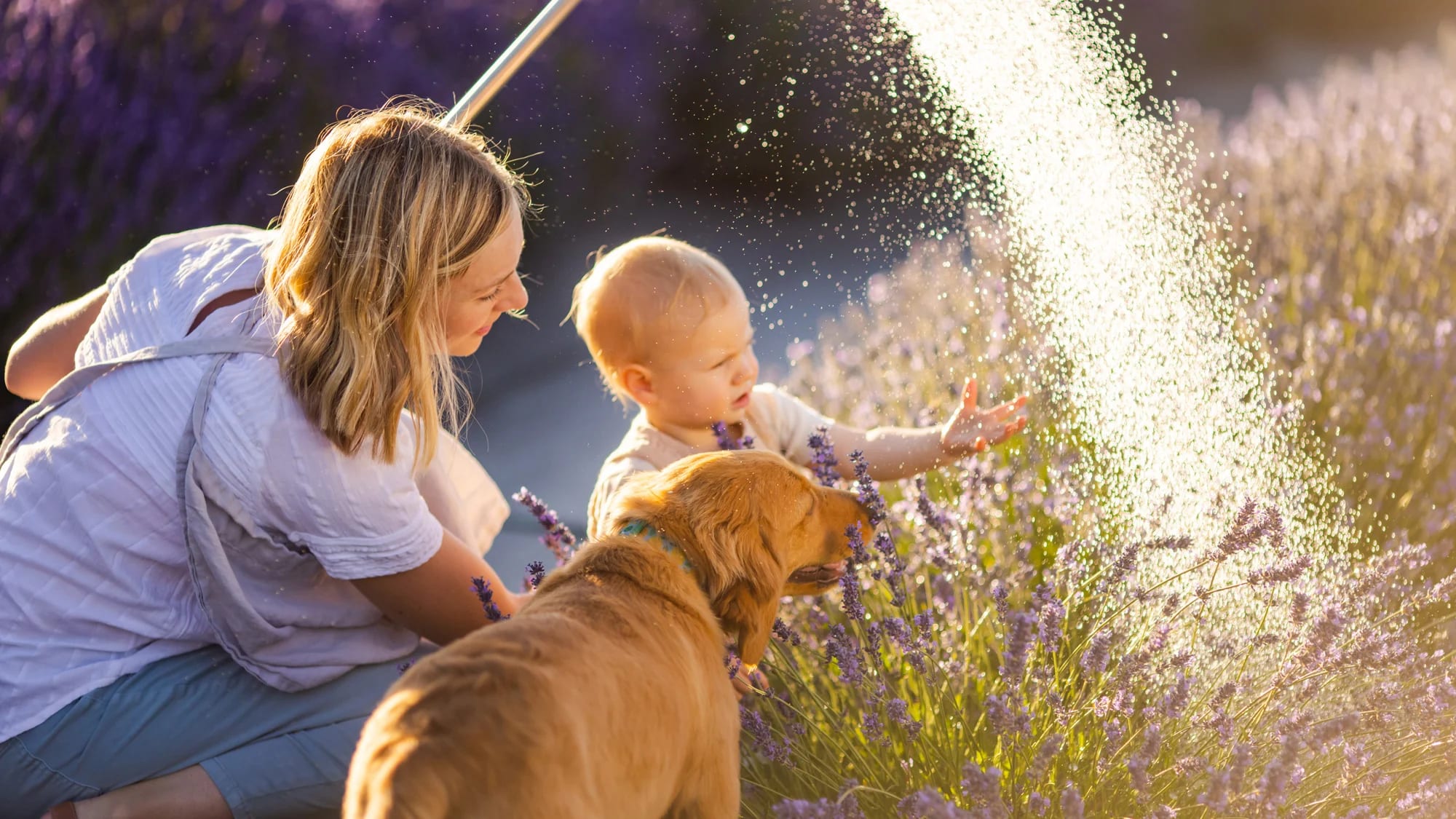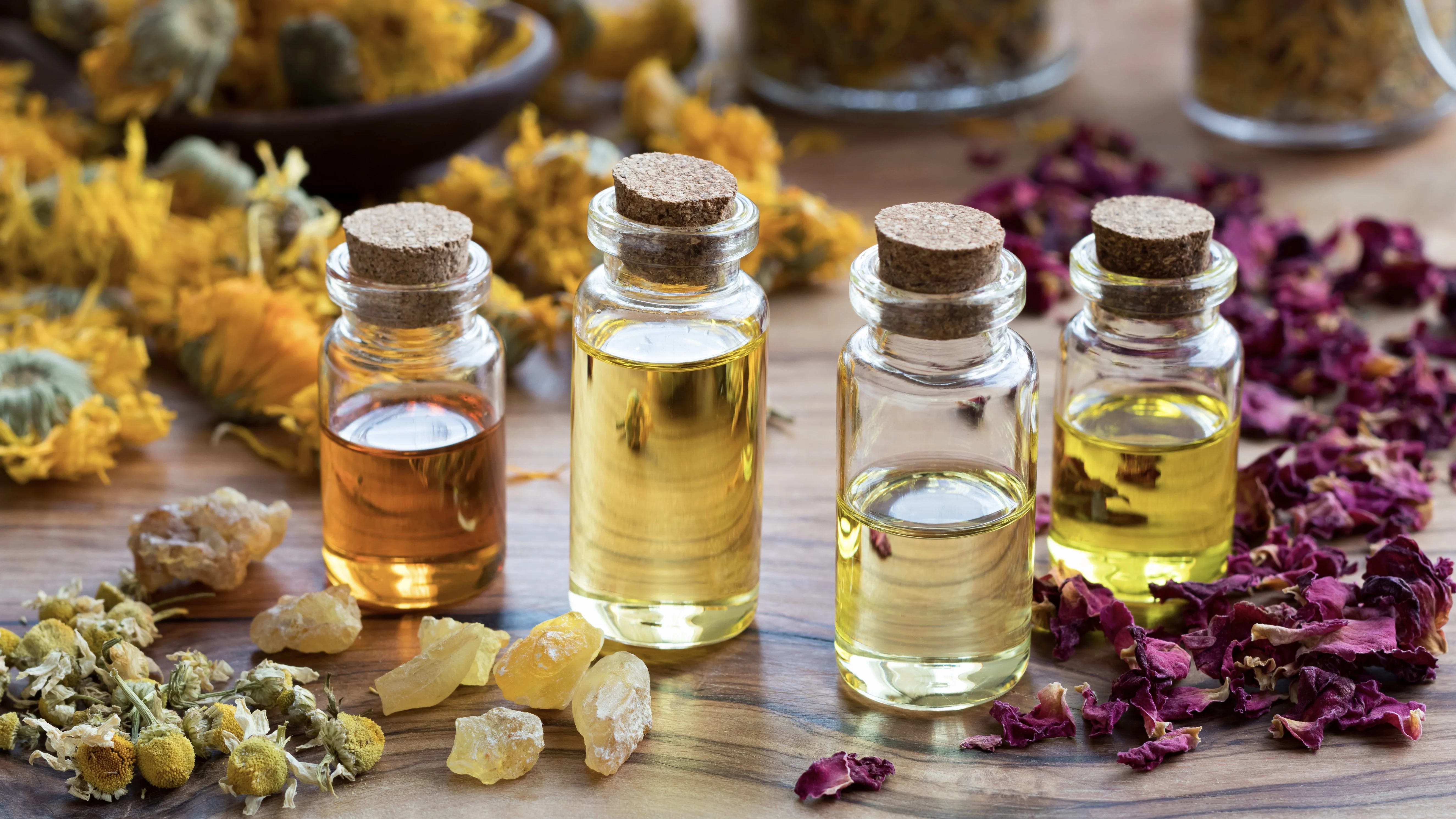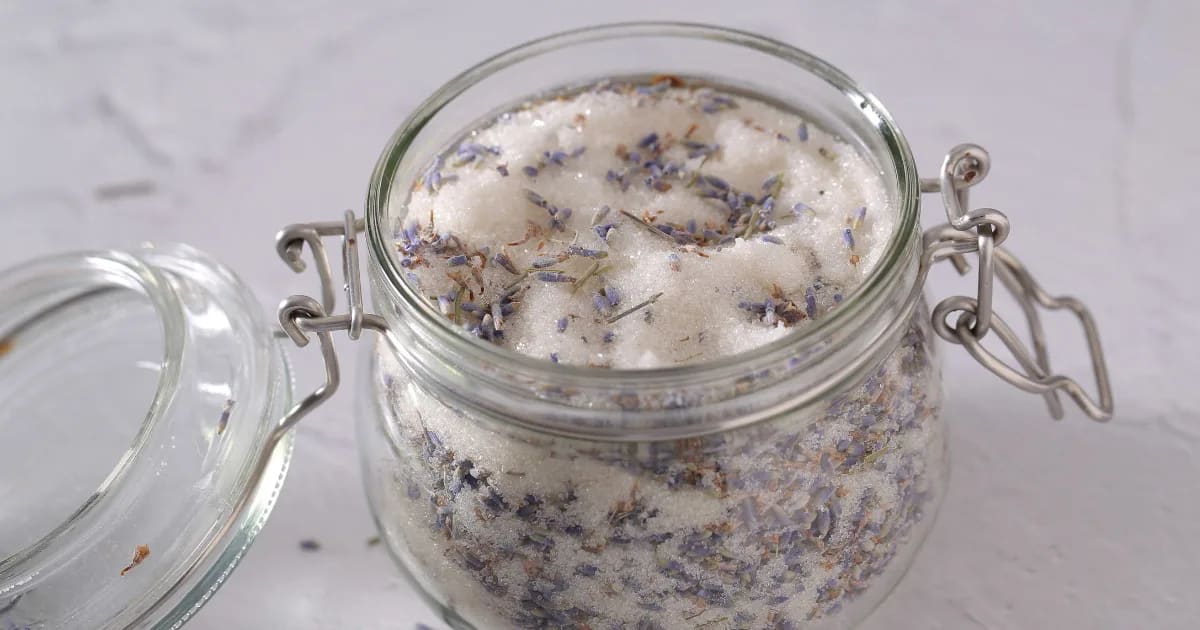Balm of Gilead: Essential Oils for Cuts & Scrapes

Can you use essential oils for small cuts and scrapes?
The short answer is yes, and this post includes a gentle recipe that offers relief.
BUT SAFETY FIRST!
It’s important to use the right oils, dilute them and apply them safely, and always be sure to wash the injured area with soap and water first. If your cut or scrape is serious, please don’t hesitate to get medical attention!
When to use essential oils for cuts & scrapes
Once the area is clean, you can apply this soothing blend around the cut or scrape to soothe and protect it. The recipe is made with three simple, comforting ingredients that can help calm inflammation and support the damaged area as it heals.
I love having a bottle of this around just in case I get scraped by a thorn when working with plants.
Here’s the recipe! Keep reading to learn the science of how these essential oils for cuts and scrapes can bring relief.
Gentle Cuts & Scrapes Oil
1 oz (30 ml) Balm of Gilead-infused olive oil (Populus balsamifera)
12 drops Balsam Copaiba oleoresin (Copaifera officinalis)
6 drops Cape Chamomile essential oil (Eriocephalus punctulatus)
Make this blend in a 1 oz (30 ml) glass bottle. Combine the carrier and essential oils, close the bottle, and shake gently to blend.
Apply it gently with clean fingers or a cotton pad around a small, minor, clean cut or scrape. If needed, apply a band-aid over the injured area. You can reapply this several times throughout the day until the issue has cleared up.
If you don’t have Balm of Gilead infused oil, you can substitute Trauma Oil, or make a similar recipe in aloe vera gel. Here’s one made with Lavender on our YouTube channel!
Adjust the recipe for kids!
If you’re going to use this recipe for kids, I suggest reducing the drop count of the essential oils. Kids’ systems tend to be more responsive, which means we can use less essential oil for them.
Kid-friendly drop counts:
1 oz (30 ml) Balm of Gilead infused olive oil (Populus balsamifera)
4 drops Balsam Copaiba oleoresin (Copaifera officinalis)
2 drops Cape Chamomile essential oil (Eriocephalus punctulatus)
I've created this video for this blend!
So how do these essential oils for cuts and scrapes work?
Balm of Gilead-infused olive oil
Populus balsamifera
Let’s start by talking about our carrier!
Balm of Gilead infused olive oil is just pure, extra-virgin, organic olive oil, which has been put into a glass jar along with fresh cottonwood buds. The jar is set in a sunny area, and over several months the cottonwood buds release their therapeutic properties into the olive oil.
The Native Americans used cottonwood buds for soothing damaged skin—including cuts and scrapes, burns, bites, and stings. It can help comfort painful areas while supporting the body as it heals.
If you don’t have Balm of Gilead-infused olive oil, Trauma Oil makes a great substitute.
Balsam Copaiba oleoresin
Copaifera officinalis
You can find Balsam Copaiba as both an essential oil (which is crafted by distillation), and an oleoresin (which is tapped in a sustainable process from wild trees). I prefer working with oleoresin since it’s a more environmentally sustainable product. The oleoresin has a similar consistency as an essential oil, so it’s easy to work with when you’re blending. Its aroma is very soft and subtle. Some people can’t detect much scent at all!
The “magic” of Balsam Copaiba lies in its main component, β-caryophyllene.
This little molecule has been shown to calm inflammation and reduce the presence of germs. One way it does this is by activating cannabinoid receptors in the skin, easing pain. It’s perfect for our cuts and scrapes oil!
Cape Chamomile essential oil
Eriocephalus punctulatus
Cape Chamomile oil is distilled from small white chamomile flowers in South Africa. It smells like sweet green apples!
Chamomile oils are all very skin-soothing, and Cape Chamomile is no different. It’s chock-full of unique, comforting esters which aren’t often found in other oils—such as 2-methylbutyl isobutyrate. (Try saying that five times fast haha!) You don’t have to be able to pronounce the components to know they can calm inflamed, sore areas, allowing the body to heal itself in comfort.
If you don’t have Cape Chamomile, German Chamomile (Matricaria recutita) makes a great substitute!
It helps to keep this blend on hand.
That way, you won’t have to make it immediately after getting a cut or scrape. It’ll already be in your natural care cabinet, ready to offer comfort at a moment’s notice!
Join us for a deep dive into how to use your essential oils for wound healing and first aid. In this workshop, First Aid Remedies with 3 Essential Oils and Aloe Vera, you’ll learn how to effectively use your oils for healing scrapes, wounds, bruises, and so much more!
REFERENCES
Basile AC, Sertié JA, Freitas PC, Zanini AC. (1988) Anti-inflammatory activity of oleoresin from Brazilian Copaifera. Journal of Ethnopharmacology 22,101–9.
Dias-da-Silva MA, Pereira AC, Marin MC, Salgado MA. (2013) The influence of topic and systemic administration of copaiba oil on the alveolar wound healing after tooth extraction in rats. Journal of Clinical and Experimental Dentistry 5, 4, e169–e173.
Galdino PM, Nascimento MVM, Florentino IF, Lino RC, Fajemiroye JO, Chaibub BA, et al. (2012) The anxiolytic-like effect of an essential oil derived from Spiranthera odoratissima A. St. Hil. leaves and its major component, β-caryophyllene, in male mice. Progress in Neuropsychopharmacology Biology and Psychiatry 38, 2, 276–84. doi: 10.1016/j.pnpbp.2012.04.012.
Katsuyama S, Mizoguchi H, Kuwahata H, Komatsu T, Nagaoka K, Nakamura H, Bagetta G, Sakurada T, Sakurada S. (2013) Involvement of peripheral cannabinoid and opioid receptors in β-caryophyllene-induced antinociception. European Journal of Pain 17, 664–675. doi:10.1002/j.1532-2149.2012.00242.x.
Pieri FA, Souza MC de C, Vermelho LL R, Vermelho MLR, Perciano PG, Vargas FS et al (2016) Use of β-caryophyllene to combat bacterial dental plaque formation in dogs. BMC Veterinary Research 12:216. http://doi.org/10.1186/s12917-016-0842-1.





